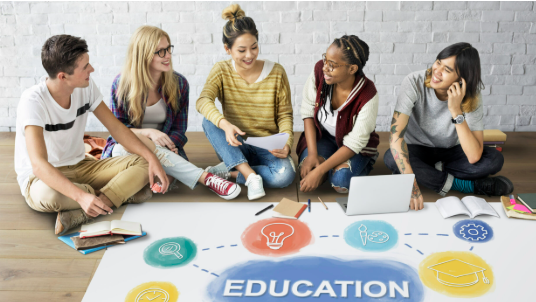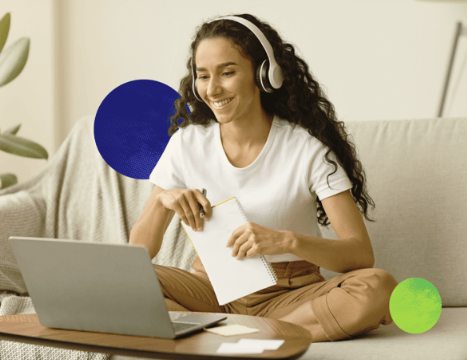Article:
In 2025, personalized learning continues to reshape classrooms by promoting student voice, choice, and active engagement. One increasingly effective strategy within this model is peer-to-peer teaching. When students take on teaching roles, they not only reinforce their own understanding but also contribute to a collaborative learning culture that supports diverse needs. Personalized learning and peer instruction complement each other, creating a dynamic, student-centered environment.
Why Peer-to-Peer Teaching Works
Students often explain concepts to each other in ways that feel more relatable and accessible. When learners teach their peers, they rephrase and simplify ideas based on shared experiences and language. This helps build confidence, reinforce knowledge, and promote deeper comprehension for both the tutor and the learner.
Enhancing Personalized Learning with Peer Support
Personalized learning focuses on meeting each student’s individual needs. Peer teaching enhances this by allowing students to seek help from classmates whose learning styles align with their own. Some students benefit from visual explanations, others from hands-on support. In peer interactions, these preferences are naturally respected and incorporated.
Encouraging Student Agency
Allowing students to teach each other empowers them to take ownership of their learning. Teachers can facilitate this by inviting students to lead review sessions, explain concepts in small groups, or create digital tutorials. These opportunities increase motivation and develop communication and leadership skills.
Creating a Collaborative Learning Culture
Peer-to-peer instruction promotes a sense of shared responsibility. Students begin to view learning as a team effort rather than an isolated task. This mindset encourages empathy, active listening, and respectful communication—skills that are essential for lifelong learning and success beyond the classroom.
Supporting Diverse Learners
In inclusive classrooms, peer teaching can provide targeted support without drawing unwanted attention. A classmate explaining a concept might make the learning environment feel safer and more comfortable. It also gives students with advanced understanding a way to extend their learning through teaching.
Role of the Teacher
Teachers play a critical role in guiding peer instruction. They identify opportunities for collaboration, train students in effective teaching methods, and monitor interactions to ensure accuracy and respect. Personalized learning powered by peer teaching requires thoughtful planning and flexibility from educators.
Conclusion
In 2025, peer-to-peer teaching is an important strategy in the personalized learning toolkit. By blending academic support with social connection, it strengthens understanding, fosters independence, and builds a positive classroom culture. When students learn from and with each other, everyone benefits—and personalized learning becomes even more impactful.














